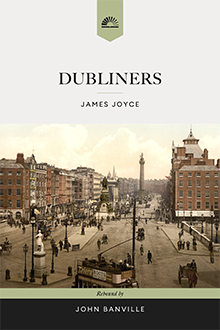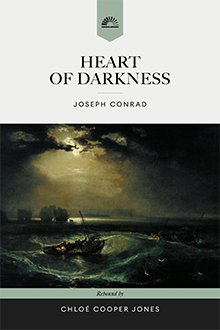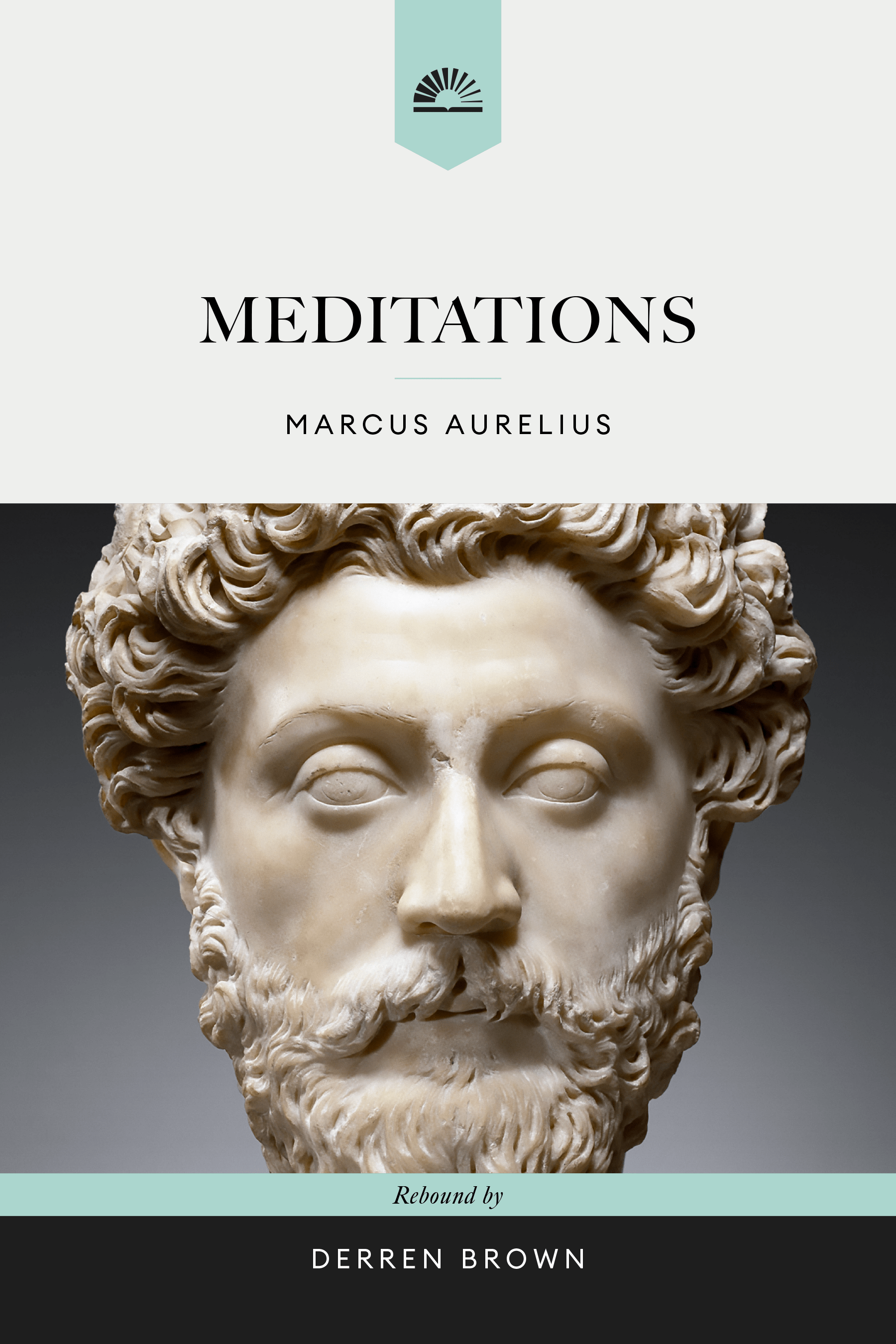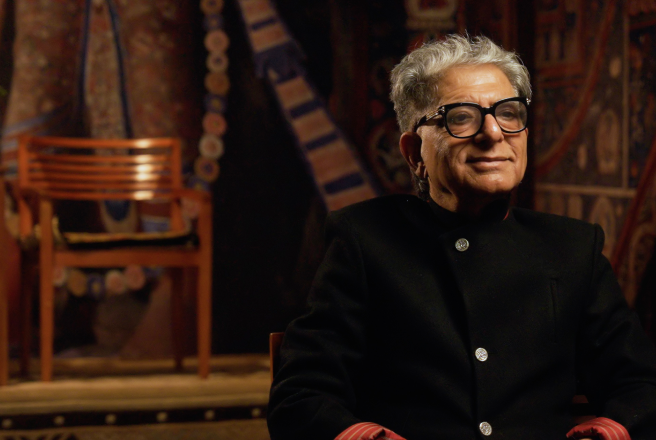Read. Watch. Discuss. Repeat.
Rebind's goal is to open challenging and inspiring books to readers.
About The Scarlet Letter
1850
Published in 1850, The Scarlet Letter emerged from a critical juncture in Nathaniel Hawthorne’s life—after losing his Custom House position and following his mother’s death. This first novel, which Hawthorne initially planned as merely a long story in a collection, was recognized by his editor as something extraordinary and published as a standalone work. Set against the backdrop of 1640s Boston, the novel opens with Hester Prynne’s public shaming and follows the psychological consequences of hidden sin, public punishment, and the possibility of redemption.
The narrative revolves around four central characters: Hester Prynne, who wears her punishment openly; her daughter Pearl, the living embodiment of her mother’s transgression; Reverend Arthur Dimmesdale, consumed by secret guilt; and Roger Chillingworth, driven by revenge. Through these complex individuals, Hawthorne explores fundamental questions about human nature: Can we ever escape our past? What is the relationship between public judgment and private conscience? How do societal expectations shape individual identity?
Despite its historical setting, The Scarlet Letter addresses issues that remain unresolved today—gender inequality, public shaming, and the tension between community standards and personal freedom. The novel’s psychological insight anticipated modern understanding of how guilt and shame operate in human consciousness. Hawthorne’s masterful symbolism, from the transformative scarlet letter itself to the wild rose bush by the prison door, continues to reward careful readers with layers of meaning that extend well beyond the page.
“This is not just a story of love, but of moral courage. Hawthorne's masterpiece challenges us to question what freedom truly means—both personal freedom and the freedom to love.”
REBIND FEATURES
You might like
~The world's most intriguing guides open up their favorite books for you.
Tour the classics with a companion and read deeper.
Stay updated on new book releases and features
By signing up for our email list, you indicate that you have read and agree to our Terms of Use.
We respect your privacy.








